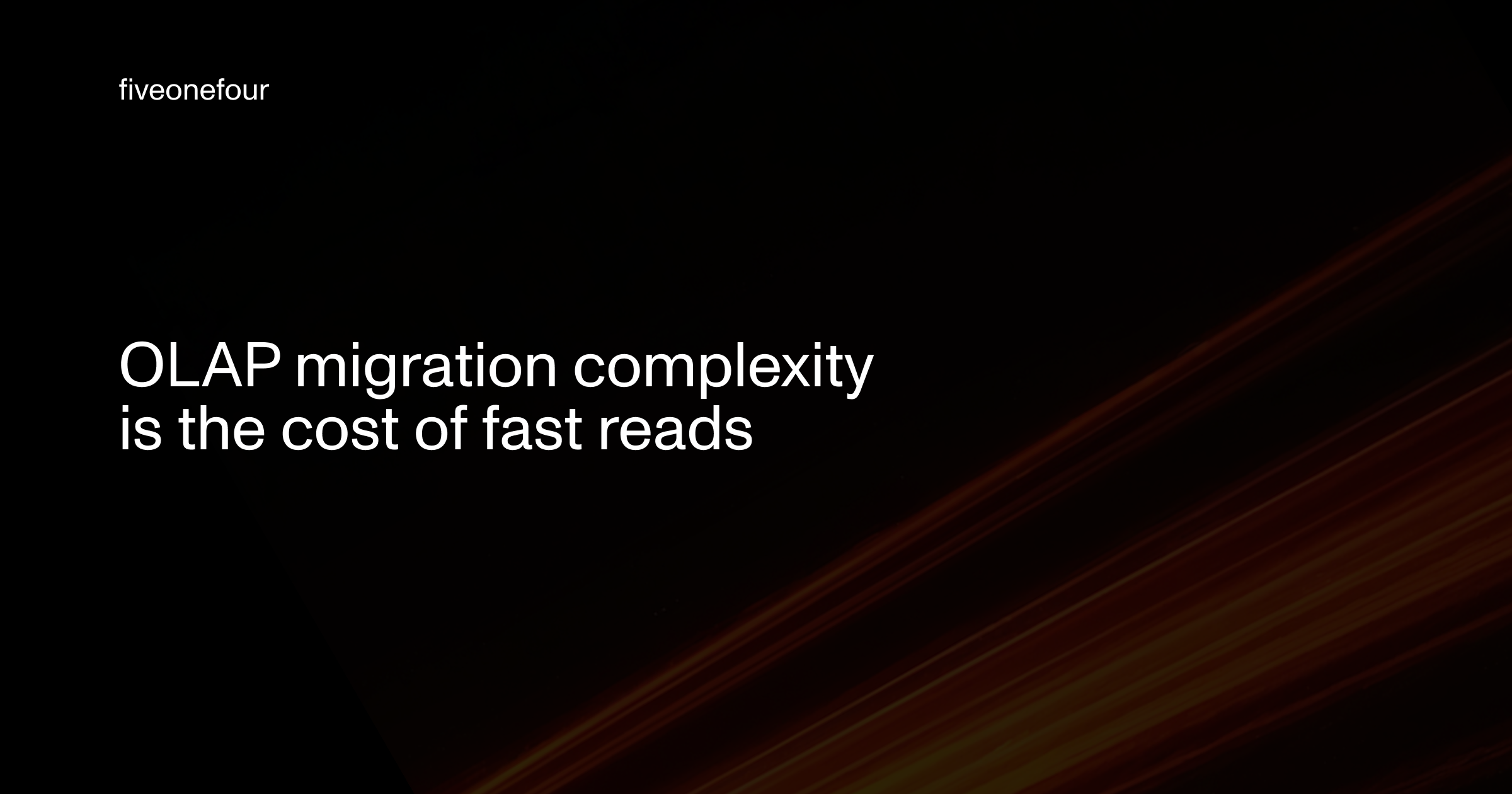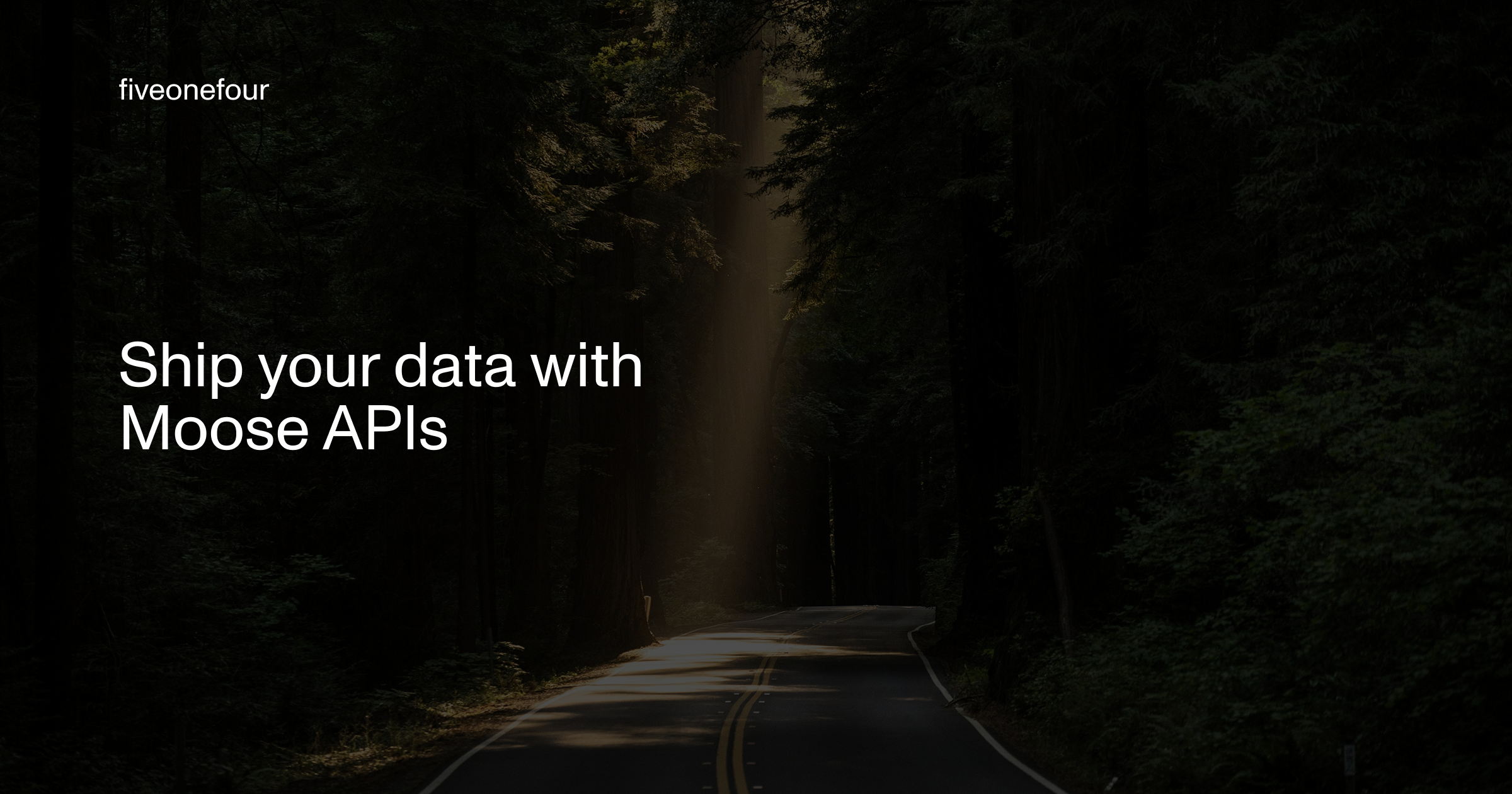10 Key Takeaways About OLAP — For Sports & Entertainment Finance Leaders
TL;DR
OLAP (Online Analytical Processing) is the fast-read engine powering analytics platforms like ClickHouse, Snowflake, and Databricks.
It’s what makes your P&L models, attendance forecasts, and sponsorship dashboards update instantly instead of overnight.
In modern finance organizations—especially in sports—OLAP turns live data into immediate financial visibility.
1. OLAP is the foundation of analytical systems.
It structures data for analysis rather than transactions, organizing information by the columns your teams and applications query most often—by event, venue, partner, ticket type, and time period. That structure enables instant analysis across millions of rows, from ticketing revenue to concession margins.
2) Speed is a function of design—and OLAP is built for it.
Columnar storage, pre-aggregation, and parallel execution mean your finance team can refresh full event P&Ls in seconds. In practice: update sponsorship ROI or game-day profitability mid-season, not next quarter.
3) The analytical layer connects finance, ops, and marketing.
Ticketing, merchandise, and sponsorship data all flow into the same analytical backbone. OLAP lets you unify these views—seeing the total economic impact of every event, campaign, or partner promotion.
4) Real-time visibility improves operational decisions.
Integrate live sales and attendance feeds with historical benchmarks to forecast performance by venue or opponent. Spot underperforming events early, reallocate promotions, or adjust staffing in near-real time.
5) Data modeling is business design.
Define clear measures—what counts as “sold,” “redeemed,” or “sponsorship value delivered.” Consistent modeling keeps finance, sales, and marketing aligned on one version of the truth.
6) AI consumes analytics differently.
Forecasting, dynamic pricing, and sponsorship valuation models generate thousands of micro-queries. OLAP handles these at scale—so AI can re-forecast attendance or recommend pricing daily without slowing down operations.
7) Boardroom-fast analytics changes strategy.
Executives can now test revenue and expense scenarios live—adjust budgets, compare forecasts to actuals, and model playoff impacts in the meeting, not after it.
8) The architecture has evolved.
Modern OLAP is cloud-native and API-driven. It connects directly to ERP, CRM, and ticketing systems, reducing spreadsheet exports and manual reconciliations. Finance becomes continuous, not batch.
9) Analytics itself is now partnership value.
Sponsorship partners increasingly expect proof of performance—reach, engagement, conversion. OLAP supports live dashboards that strengthen partner relationships and unlock renewals.
10) The next era is AI-native finance.
Tomorrow’s finance systems won’t just report—they’ll detect anomalies, forecast variance, and recommend reallocations automatically. The foundation for that is a high-performance OLAP layer built for analytical speed and trust.
About Fiveonefour
Fiveonefour builds open, AI-ready data infrastructure that helps teams move seamlessly from exploration to production. Our open developer framework and cloud platform empower organizations to design, analyze, and operationalize data at scale—without vendor lock-in. We help finance leaders modernize analytics and move from static reporting to continuous insight.
At-a-glance (Finance KPIs / SLAs / Governance)
-
KPIs: Revenue per event, sponsorship ROI, margin variance, forecast accuracy, cost per fan, cash flow timing
-
SLAs: p95 <1s on hot windows; <10 min freshness for sales/attendance feeds
-
Governance: access controls, audit trails, source reconciliation, financial data integrity
Interested in learning more?
Sign up for our newsletter — we only send one when we have something actually worth saying.
Related posts
All Blog Posts
OLAP
OLAP migration complexity is the cost of fast reads
In transactional systems, migrations are logical and predictable. In analytical systems, every schema change is a physical event—rewrites, recomputations, and dependency cascades. This post explains why OLAP migrations are inherently complex, the architectural trade-offs behind them, and how to manage that complexity.

OLAP, Product
Ship your data with Moose APIs
You’ve modeled your OLAP data and set up CDC—now it’s time to ship it. Moose makes it effortless to expose your ClickHouse models through typed, validated APIs. Whether you use Moose’s built-in Api class or integrate with Express or FastAPI, you’ll get OpenAPI specs, auth, and runtime validation out of the box.